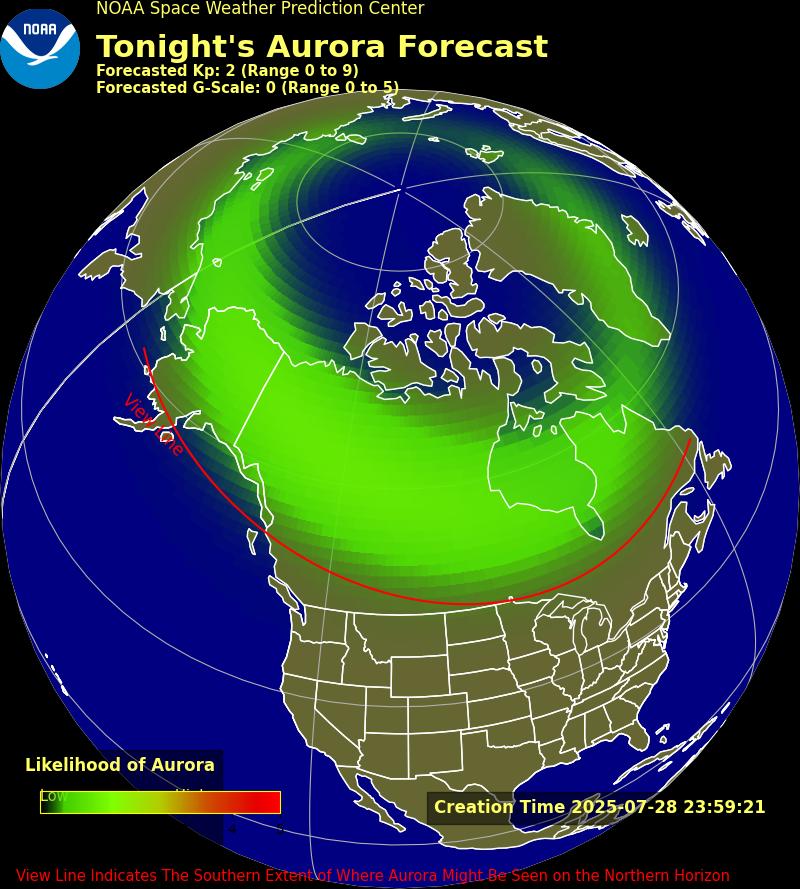|
|
||||
| Log In | ||||
|
||||
|
| ||||
| ||||
| ||||
| ||||
Baseline standardsThe American Society of Heating, Refrigeration and Air-Conditioning Engineers (ASHRAE) is the body that governs the standard for the accepted air temperature and humidity ranges for data center environments. ASHRAE's Technical Committee 9.9 determined in 2011 that a class A1 data center should maintain a temperature between 59 degrees Fahrenheit and 89.6 degrees F, as well as a relative humidity of 20 percent to 80 percent. ASHRAE recommends that facilities should not exceed these guidelines.
Evolving requirements and possibilitiesASHRAE's guidelines are constantly in flux, having changed in 2004, 2008 and 2011. Therefore, it helps for data center managers to be well educated and well read when it comes to these changing requirements. For instance, according to Data Center Knowledge contributor Yevgeniy Sverdlik, in 2015, ASHRAE was looking at widening the relative-humidity envelope for data centers to support increased efficiency. There are some facilities that are taking the temperature beyond the current accepted envelope. For example, Google's Belgium data center operates at a staggering 95 degrees F. This is helping to curb cooling costs and decrease the environmental impact of these huge computing facilities. Why is this important?Data center temperature is, as previously mentioned, one of the main metrics for IT managers to watch closely. When equipment temperatures stray outside the accepted ranges, stressful situations can occur. For instance, when the environment is too warm, overheating can occur, which can result in unexpected server downtime. According to Datacenter Dynamics contributor Penny Jones, this very thing happened to a Microsoft data center in 2013, which caused servers associated with the Outlook and SkyDrive services to experience an unplanned outage. "The goal is to maintain the highest temperature possible while ensuring that servers won't overheat."It's possible for servers to be too cool, as well. While this may not result in any server downtime, data center managers may not want to look at their electricity bill if they're keeping their computing rooms at certain chillier temperatures. The environmental impact of keeping servers this cool is also certainly not negligible. The goal, then, is to keep facilities at the highest temperature possible while at the same time ensuring that servers won't overheat. Keeping server rooms below the maximum temperature and above the minimum is important for business continuity and efficiency in the long run. Some important questions remain, however: How do managers know their facilities' temperatures at all times? How do they keep temps within the acceptable range uniformly? Maintaining a strict minimum and maximum server temperature is a critical part of the job of data center managers. By installing an effective cooling management solution like Geist Cool, facilities can minimize the chance of unplanned downtime and, by the same coin, keep their electricity costs low. Containment solutions can help facilities stay efficient and increase loads without spending extra money on cooling equipment. |
||||||||||












